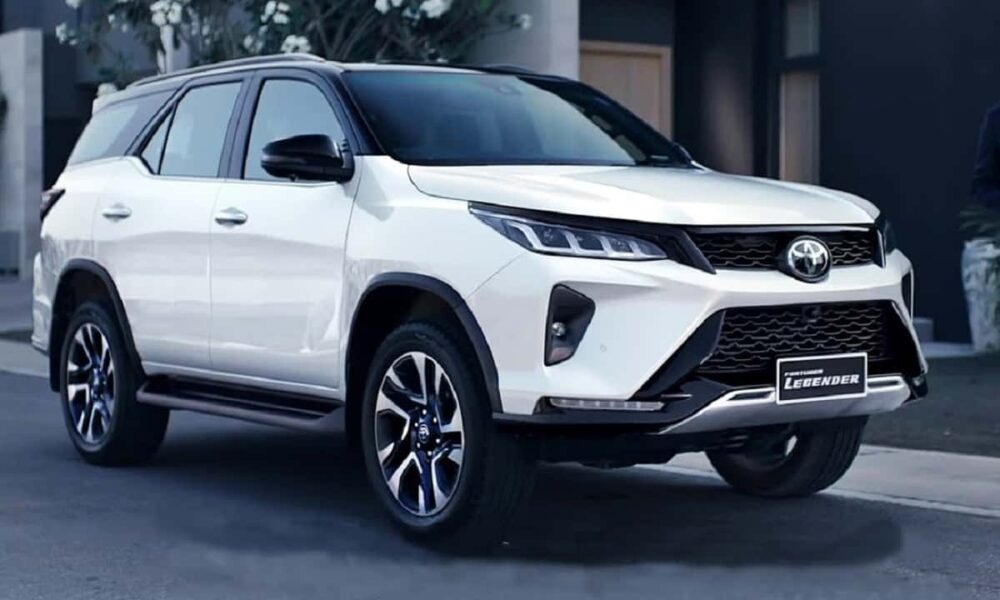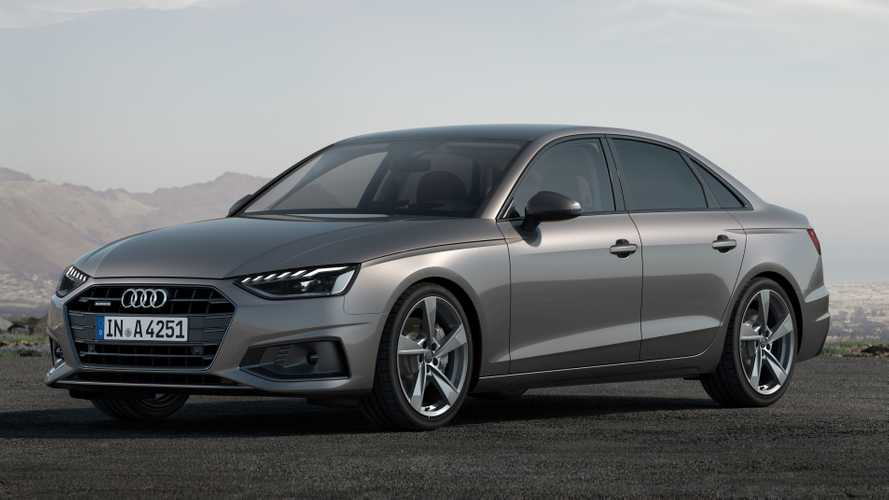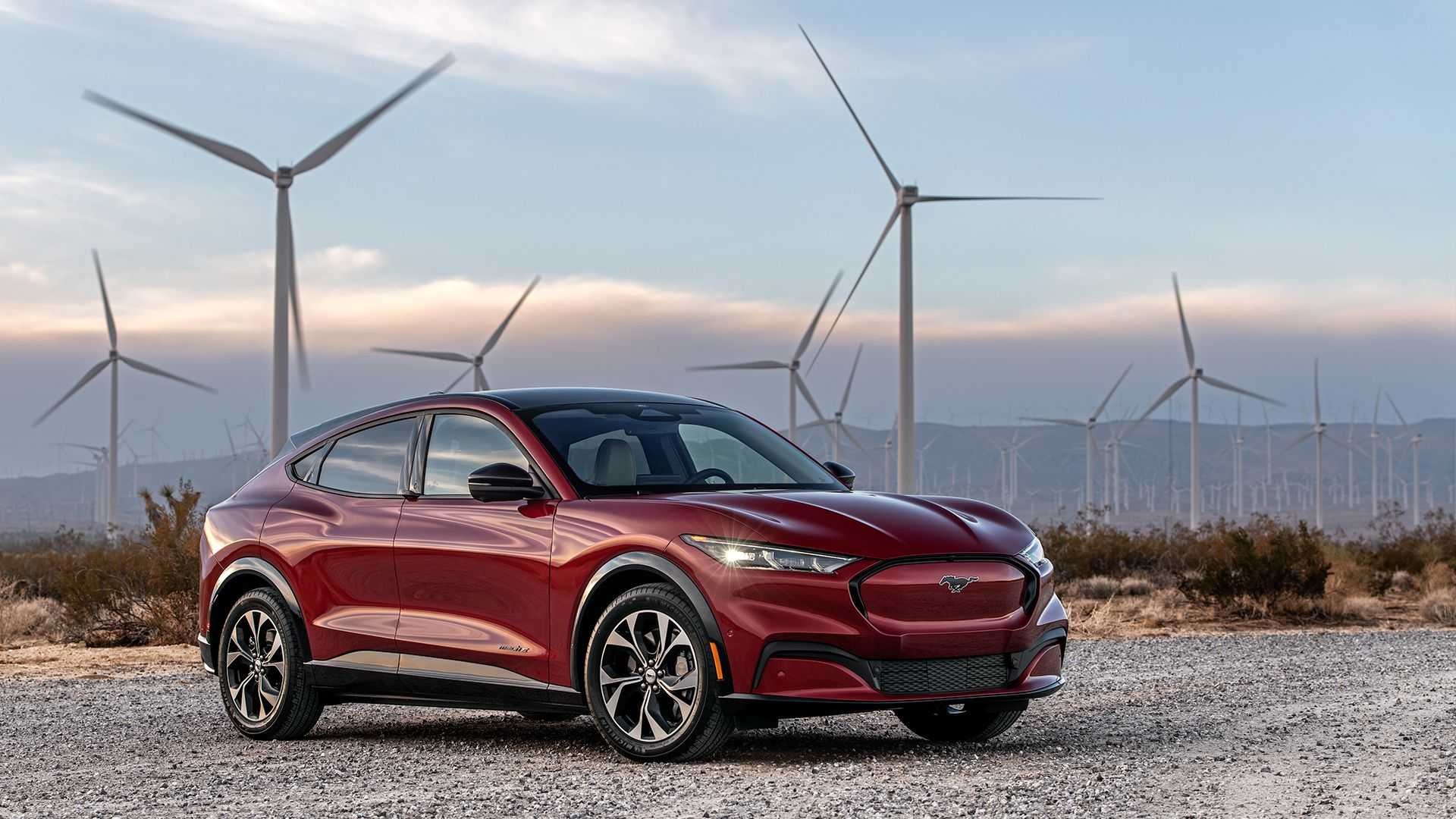The automotive landscape has experienced unprecedented changes in recent months, impacting new-car buyers significantly. From dwindling inventories and soaring prices to rising interest rates, today’s market presents a unique set of challenges. However, opportunities still exist for savvy consumers looking to make informed purchasing decisions. This article examines the current state of the car market, highlights trends in consumer behavior, and provides insights to help buyers navigate this complex environment.
Current Market Conditions
Inventory Shortages and Pricing Pressures
In the second half of the year, the automotive industry continues to grapple with a persistent supply shortage. Although production is slowly ramping up, many dealerships still face low stock levels. This scarcity has resulted in record-high prices for new vehicles, exacerbated by inflation and increasing interest rates. J.D. Power’s recent sales data indicates that new vehicles are being sold as quickly as they arrive on dealer lots, underscoring the high demand amid limited supply.
Impact on Incentives and Deals
As competition for limited inventory heats up, manufacturer incentives have become increasingly rare. The average incentive for July 2023 was $894, a staggering 55% drop compared to the same time last year. This decline in incentives can frustrate consumers accustomed to negotiating discounts on new car purchases. In this environment, buyers must be strategic to take advantage of available offers before they expire.
Buyer Opportunities
Timing is Everything
For those willing to be patient and plan their purchases, timing can present distinct advantages. Buyers should monitor market trends to identify vehicles with higher-than-average incentives or favorable trade-in values for used cars. As the automotive supply chain stabilizes, more opportunities for great deals are likely to arise.
Leverage Trade-In Values
Another silver lining for buyers is the high trade-in values for used cars. Those looking to upgrade to a new model can capitalize on this trend to secure better deals, especially if they own a vehicle that has appreciated in value over the past year. When combined with incentives, this can significantly offset the cost of a new car.
Spotlight on Popular Models
Chevrolet Equinox: A Compact SUV Favorite
The Chevrolet Equinox remains a strong contender in the compact SUV segment despite the current market challenges. Notably, the base L trim has become unavailable in many regions, making it essential for potential buyers to explore higher trims or alternative models. The Equinox is known for its practicality and standard safety features, which include a front collision system with automated emergency braking and pedestrian detection, adding appeal in a crowded market.
Jeep Compass: Balancing Features and Fuel Economy
While the Jeep Compass struggles with fuel economy, rated at just 25 mpg combined by the EPA, it compensates with a robust suite of features and an updated design. Buyers looking for a vehicle that offers comfort, technology, and practicality may find the Compass to be a worthwhile investment despite its shortcomings in gas mileage. Furthermore, the Jeep brand’s reputation for durability and off-road capability often attracts a dedicated following.
Conclusion: Strategies for Savvy Car Buyers
The current state of the automotive market presents challenges, but it also reveals opportunities for informed buyers. By staying attuned to market trends, leveraging trade-in values, and understanding the landscape of manufacturer incentives, consumers can still find vehicles that meet their needs without breaking the bank.







